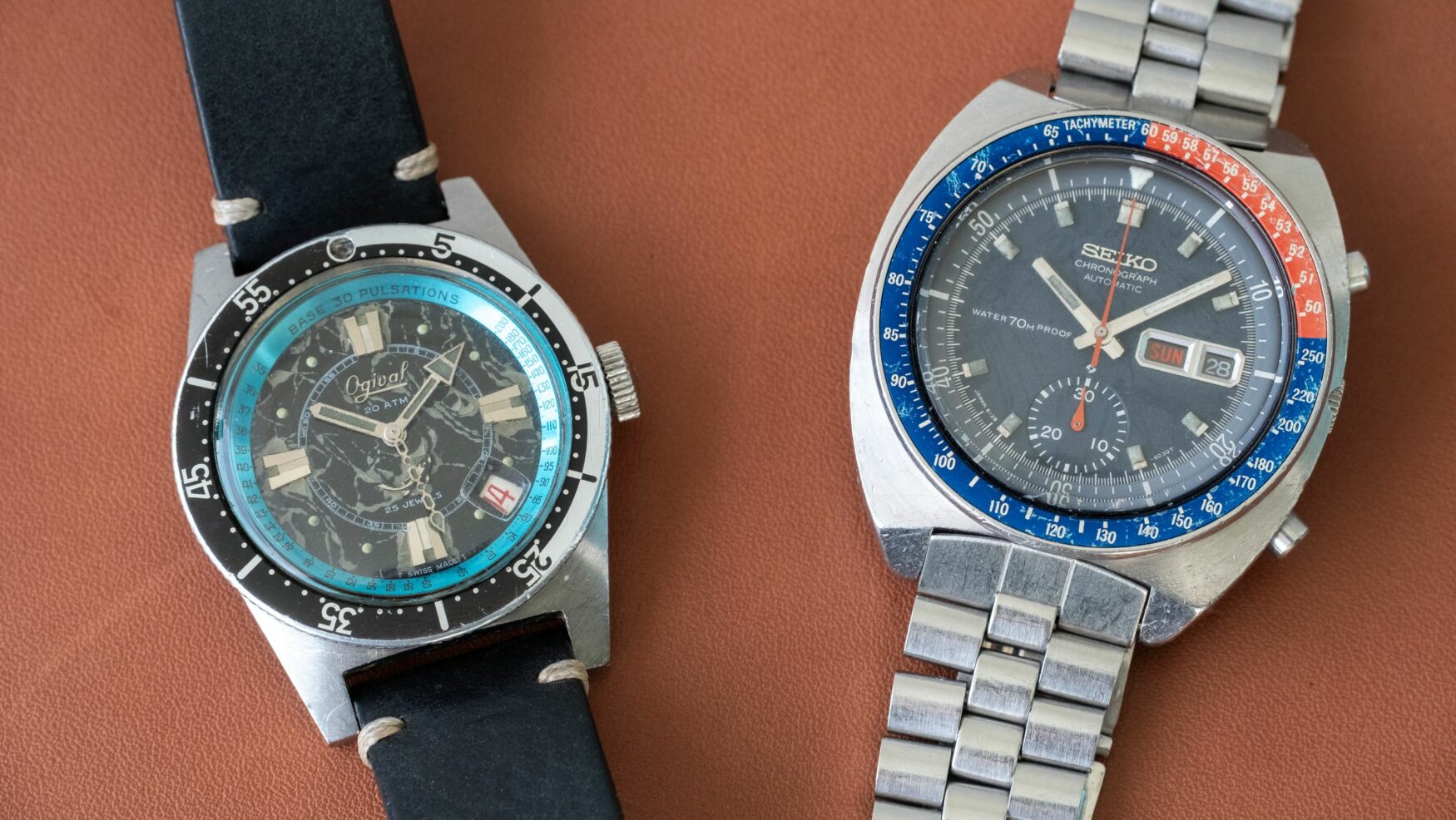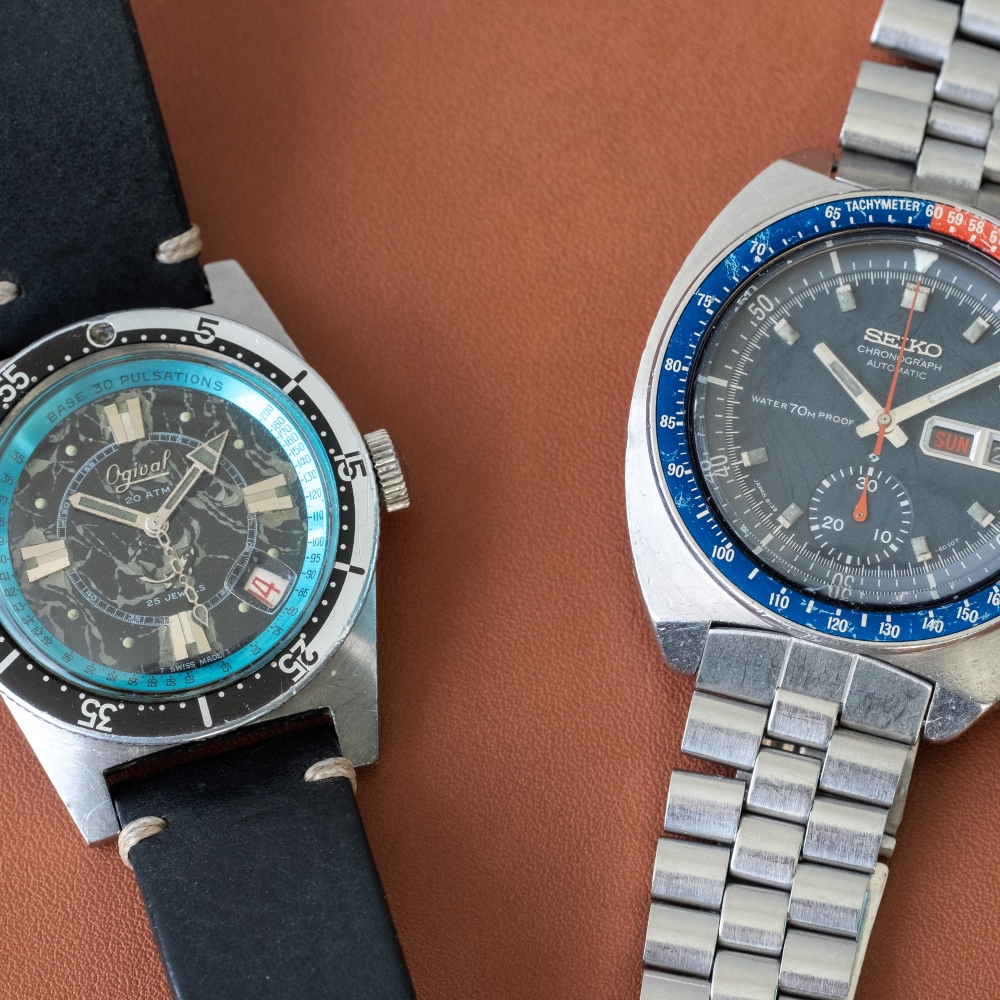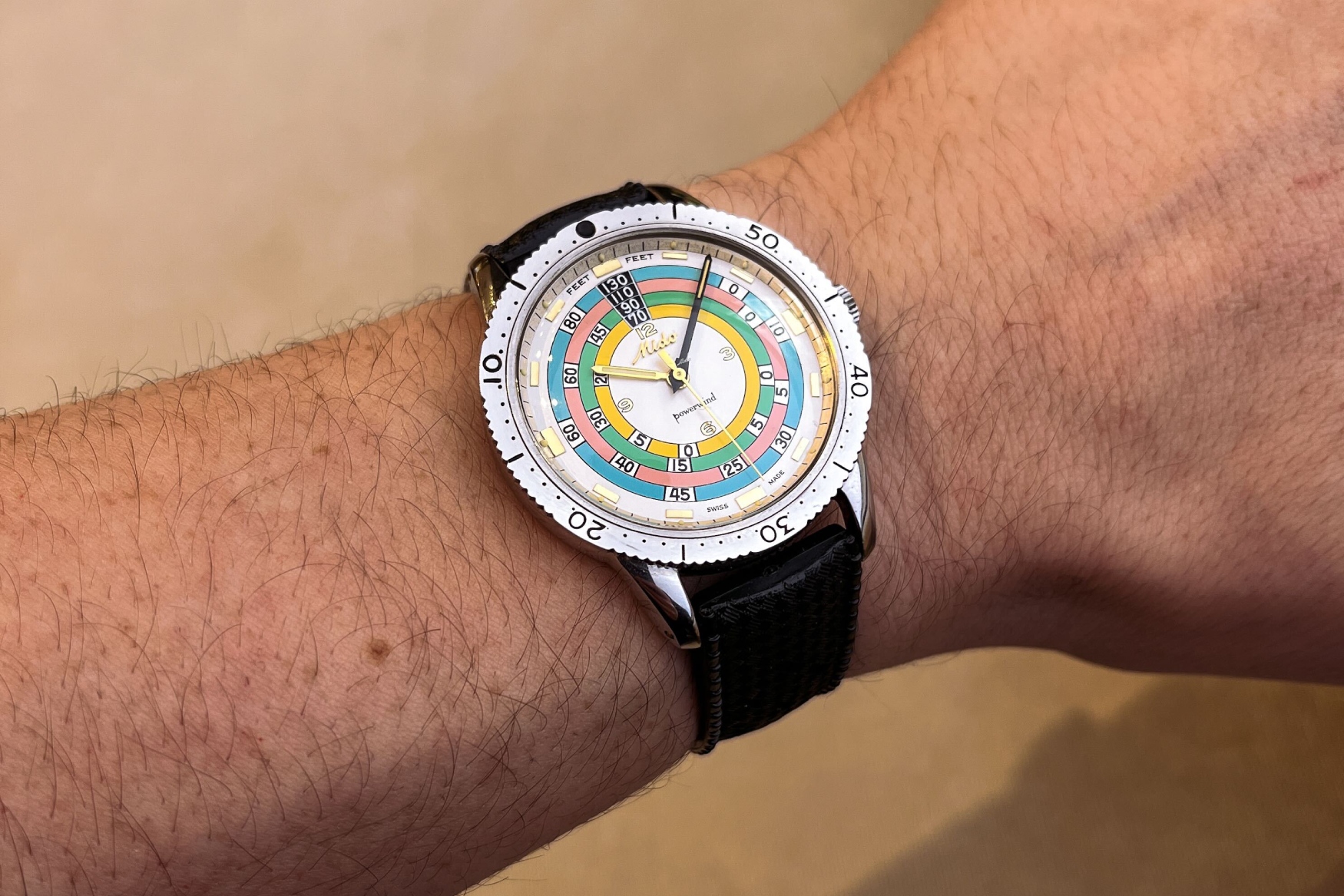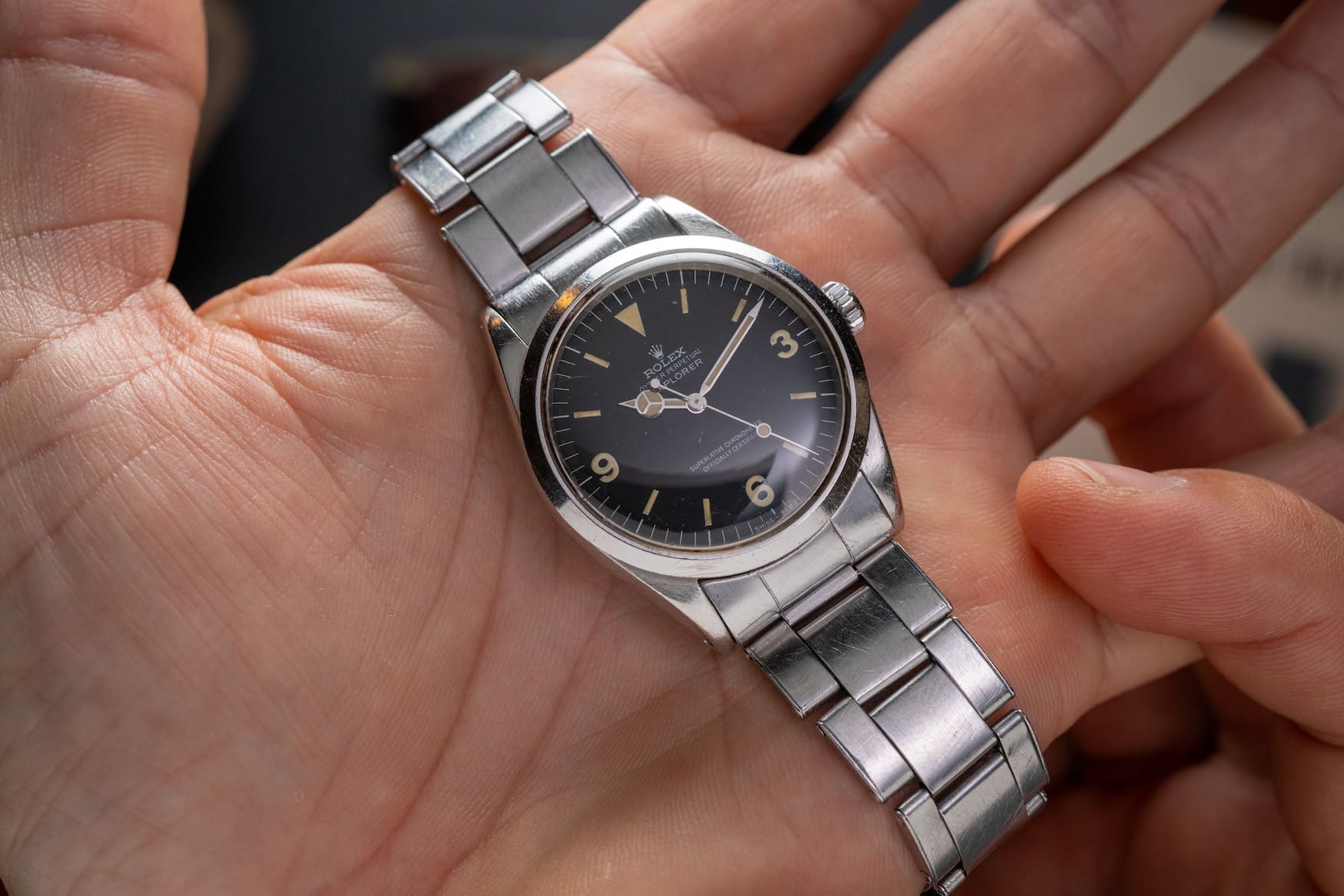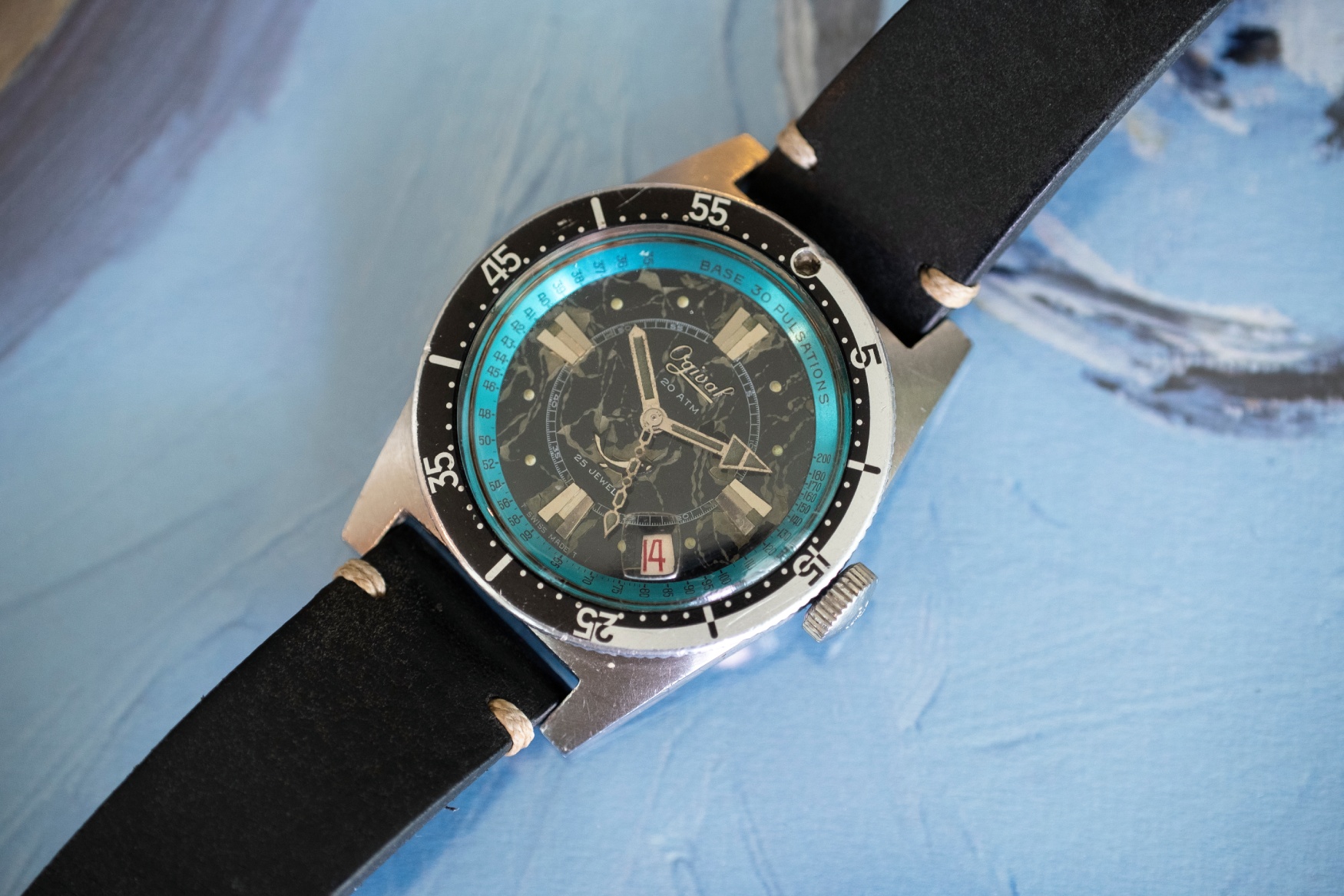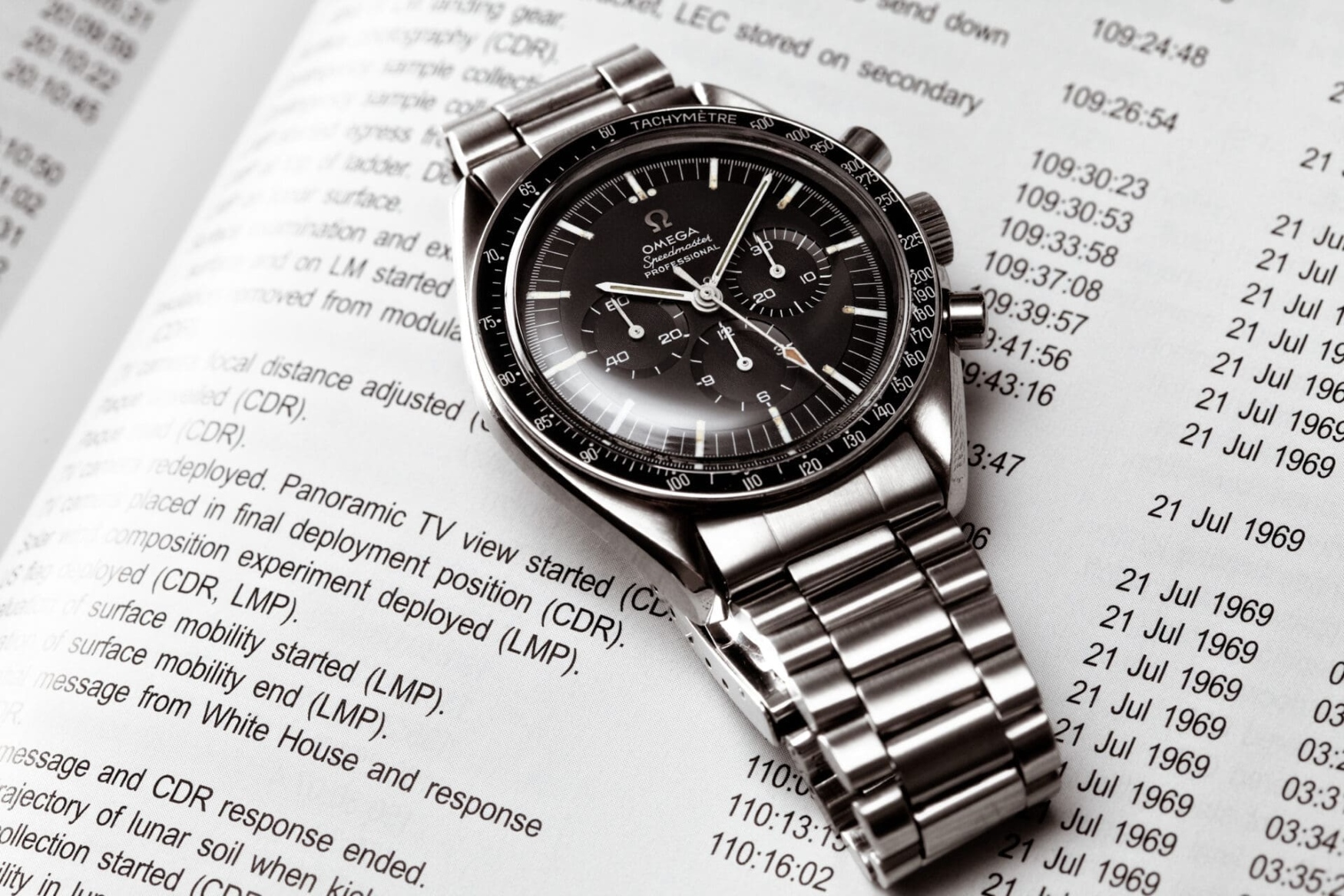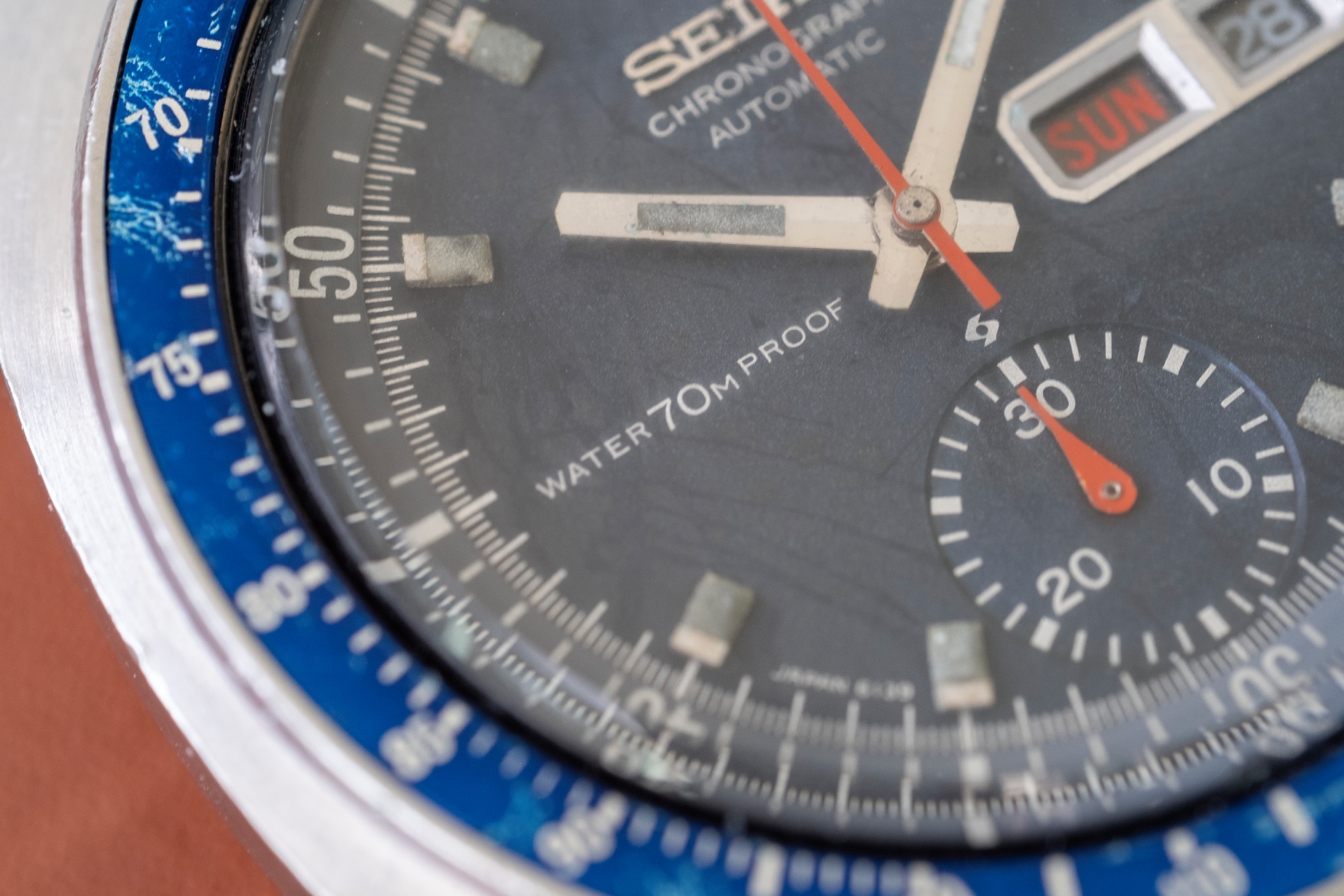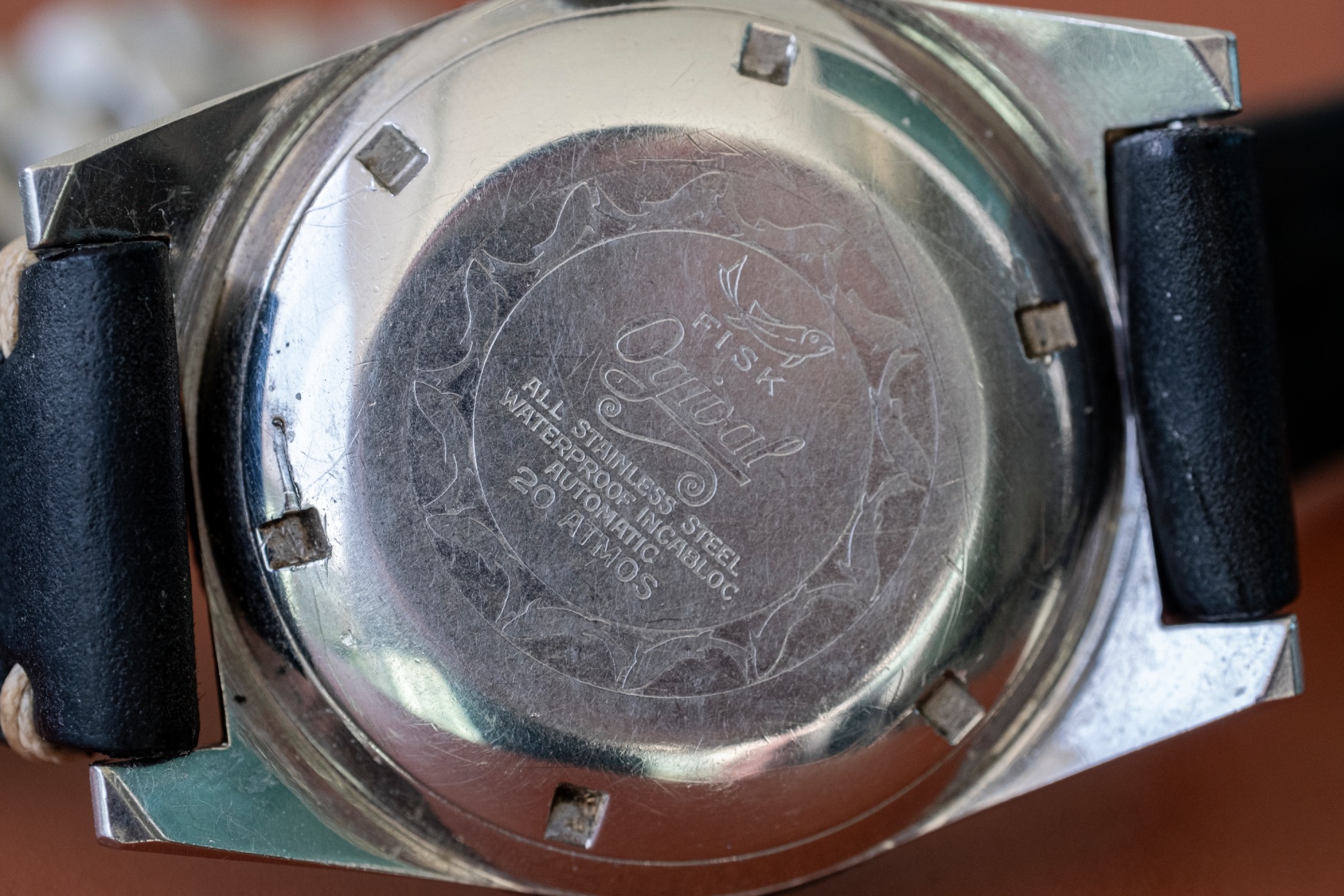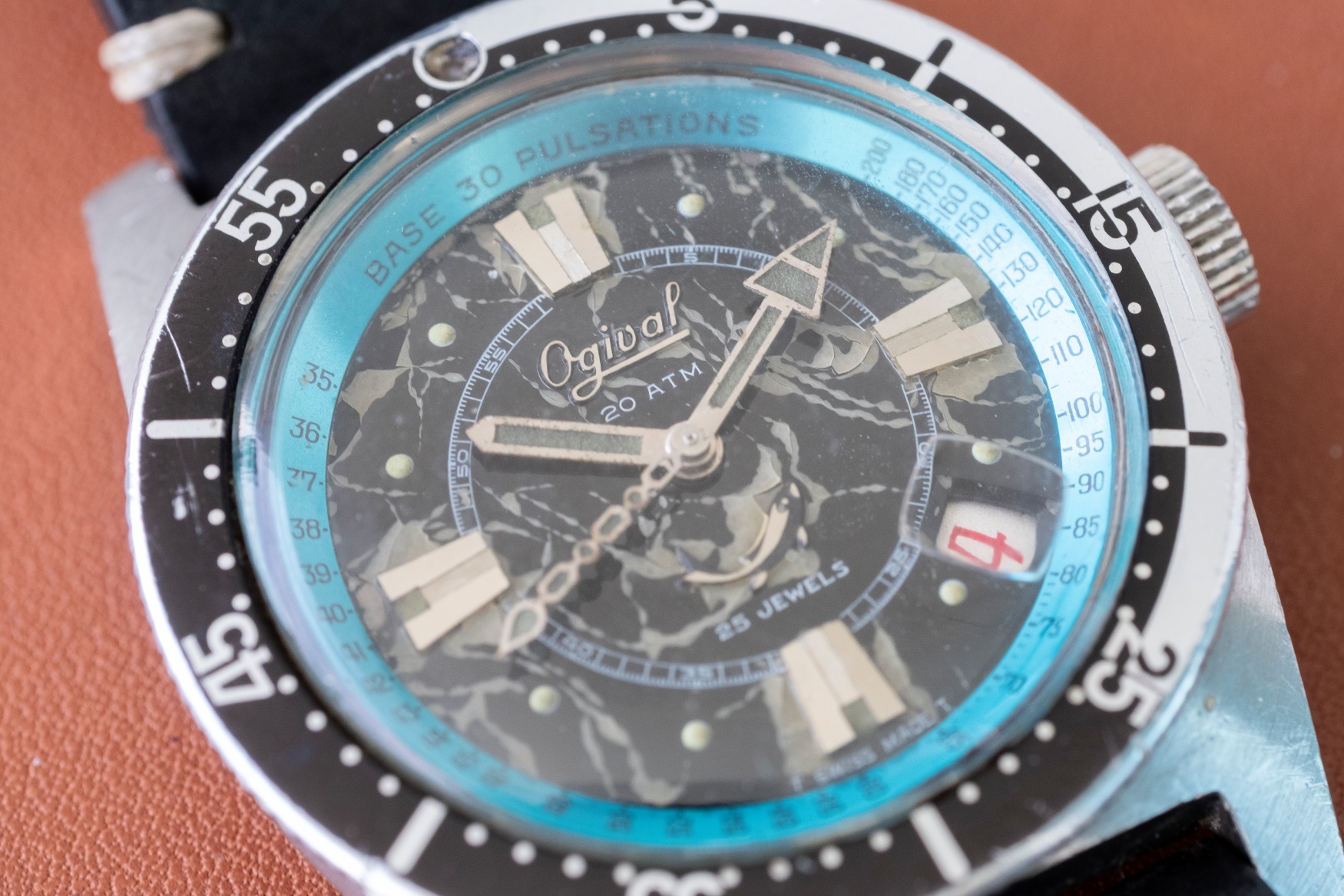Hotter take: vintage sports watches are tougher than you (and Zach) think
Borna BošnjakTo preface this story and immediately admit my biases – I love vintage watches. Whether we’re talking mid-century Girard-Perregaux and Universal Genève or 1990s ana-digi, rectangular dressy Longines (yes that’s a thing), there’s something I’ll find to love about them all. So naturally, when Zach decided to dish slander about how difficult vintage sports watches are to own, I had to say something. Now, I’ll admit, buying and caring for a vintage watch of any kind isn’t the same ball game as walking down to your local high street jeweller and picking up a Tissot PRX, but in my experience, it’s really not as daunting of a task as it may initially seem. I mean, what’s the worst that could happen?
Sure, you could pour (tens of) thousands of dollars into a highly coveted vintage Rolex, only for the dial to turn out fake, or you could accidentally leave your 1950s dive watch somewhere a tad too humid and have the moisture creep into the movement, resulting in even more cash leaving your wallet to fix these issues… Maybe I should just leave it there before I talk myself into a corner.
It’s all about budget
Many vintage sports watches have wildly risen in value in recent years, that much is true and pretty much undeniable. But when it comes to their ability to fulfil their function, being vintage has little to do with us possibly being too precious with them. For example – let’s look at the Rolex 1016 Zach mentions in his article. There are plenty of them floating around on Chrono24 for around the US$15,000 mark. For the same price, you can (theoretically) pick up a brand-new ceramic Daytona. Sure, while you might feel inclined to shield an unserviced 1016 from the rain, I’m not sure you’ll be bashing the Daytona around, either, simply for its inherent secondary market value.
Would I be comfortable doing any kind of activity that would risk damaging either of these two watches? Given my current financial status, absolutely not – but truth be told, I’d likely be way more comfortable adding to the scratches of a 1016 than risk damaging a new Daytona. If you, however, happen to be more well-heeled than I, I suspect that being a little less precious with either of these won’t be as daunting of a task.
Luckily, vintage sports watches don’t have to be five-figure safe queens. While having the initial discussion with Zach, my mind immediately went to this – my 1960s Ogival skin diver. Between the quirky handset, electric blue pulsations scale and spider dial, it has all of the hallmarks I’d consider desirable from a vintage watch, though the most important of all is that it cost me some US$200. This Felsa-powered beauty was sold under numerous brand names, most famously Mirvaine (a design revived by VeriWatch), and is proof that there are vintage sports watches out there that are cool and won’t cost you a kidney, and they’re not even that rare.
Fair warning, as there are some caveats
So do I recommend you grab that vintage Speedmaster and jump into the first body of water you encounter? Absolutely not. (I probably wouldn’t recommend that with a new Speedy, but that’s beside the point). If you are inclined to take your vintage sports watch for a more thorough test of its titular ability, my only advice is that you make sure it’s serviced. Most modern watches can go up to a decade, if not more, without any meaningful attention paid to the gaskets and lubricants, but even they can be susceptible to water ingress after a certain period. But provided you take care of your watch, and especially if it was made to be more resistant, you might be surprised as to the amount of abuse it can take.
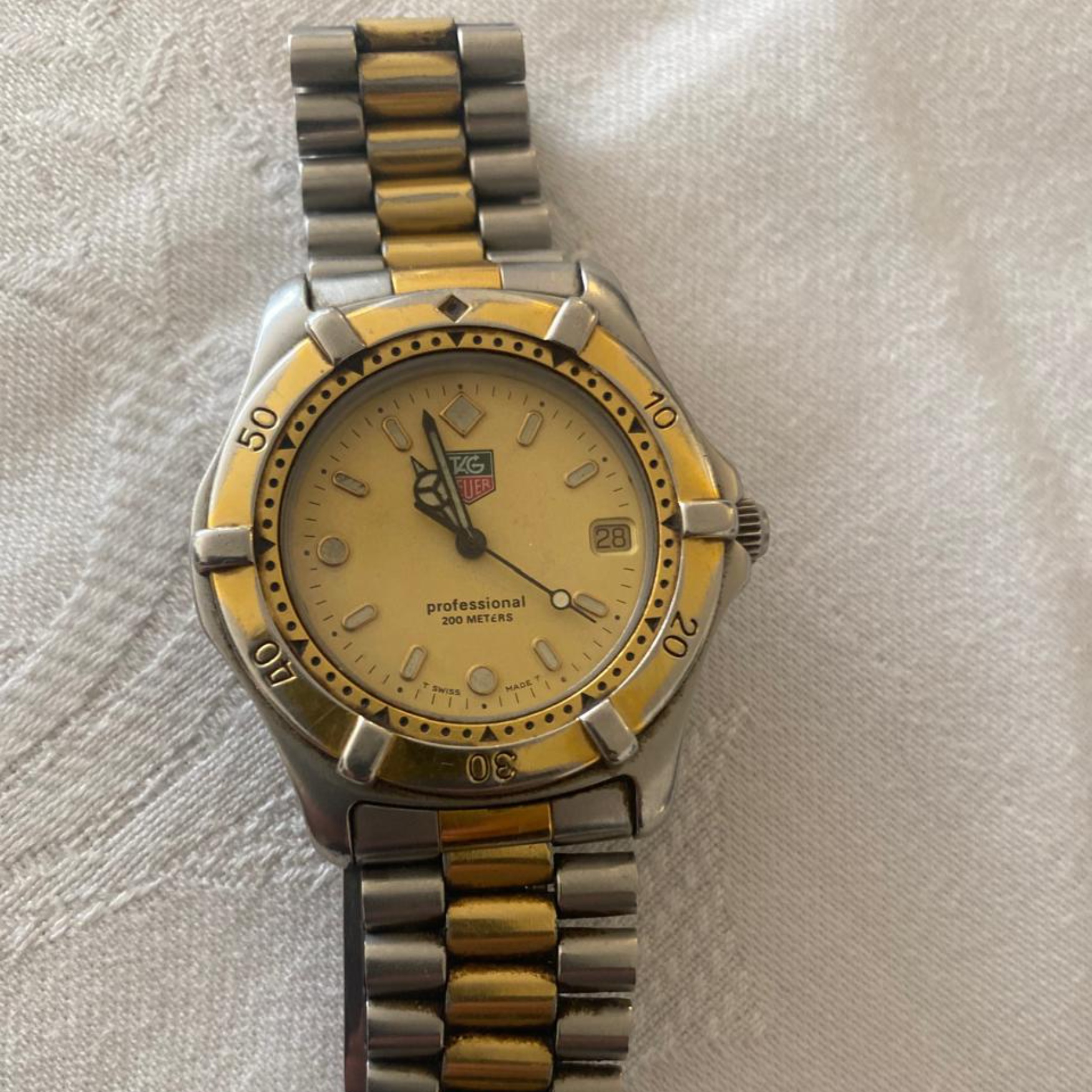
Case in point – my dad. He’s worn the same quartz-powered TAG Heuer Professional for some thirty-odd years. I certainly cannot remember ever seeing him (regularly) wear any other watch. This watch, in all its two-tone glory, has followed him to most places around the world and never shied away from an occasional dip or bout of wood splitting. The bracelet is heavily worn, as a vintage Jubilee-style should be, but with regular servicing, it’s never had any real issues – even after I very unprofessionally popped the caseback to replace the battery. When I asked him to send me a quick snap of the watch to include in the story, the images came through with a short review. “Purchased in 1991, worn almost daily. Outstanding reliability, approximately five seconds per month”.
Unfortunately, I will have to concede some ground to Zach here, as the reliability of a watch will depend greatly on its service history, at least in my experience. That’s why no matter the dial explicitly stating my Speedtimer is waterproof and it being recently serviced, I’m not sure I’d ever be comfortable taking it for a swim, considering the past owner(s) certainly didn’t babysit it.
This is very much one of those your-mileage-may-vary situations. The close-ups you’ve seen of the Ogival also suggest it hasn’t had an easy life, and the caseback scars reveal that whoever opened it in the past didn’t bother being too careful. However, after having the caseback gasket changed, I actually took this one for a brief dip – the caseback and dial keep convincing me I’ve got 200 metres of water resistance to play with, after all. And indeed, it was perfectly fine, even with its original crystal installed. Was that a stupid decision? Absolutely. But it does prove that if you’re careless enough, you might just get lucky. What was I talking about again?
Do as I say, not as I do
A vintage watch, sports or otherwise, can be such a versatile addition to a collection, especially if we consider something like the Explorer that started this whole debate. Not only am I sure it could withstand more rigorous activity if properly serviced, it looks just as good peeking out under the cuff of the Watch Journalist Green Moleskin Shacket™️ or business suit, as it does worn with the proverbial white tee and jeans.
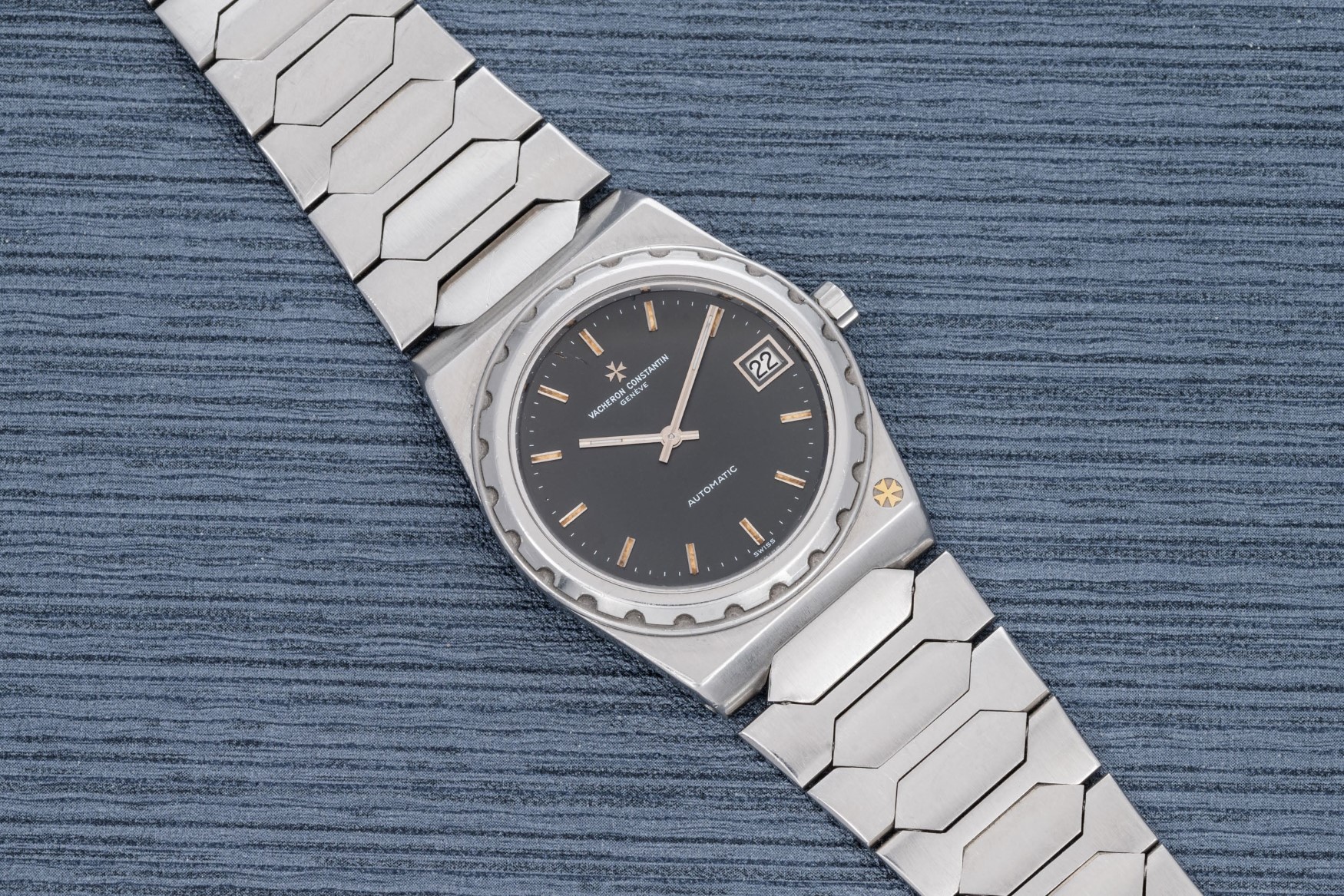
To Zach’s point, I completely agree with the take that owning expensive vintage sports watches can be horrible, both for their potential unreliability and high cost of admission. But the same logic can’t be applied to all vintage sports watches, though there absolutely are concessions you’ll have to make to accommodate one into your collection – time to find one, at the very least.
To make the most of their versatility then, do as I say, and not as I do. Make sure you buy a watch that has a track record of being taken care of, and if you can’t quite find one like that, don’t invest so much that it could end up biting you. The outcome is absolutely worth it.




